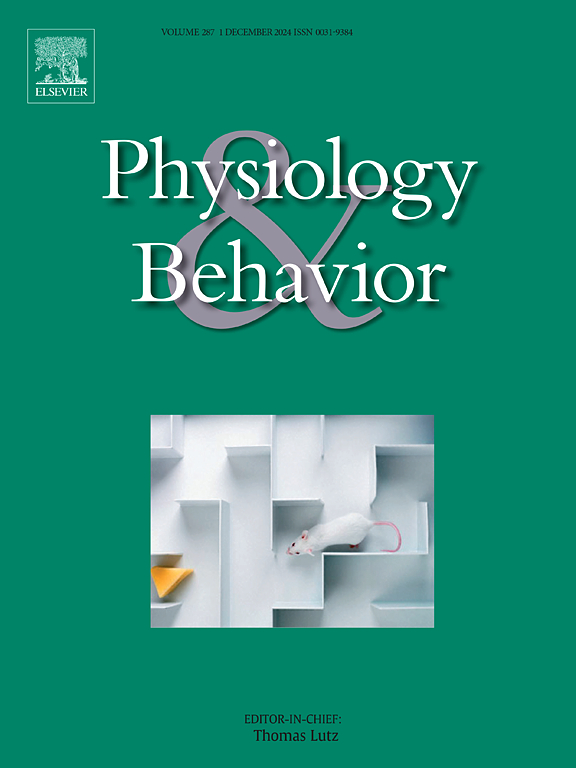Effects of slow-paced breathing and humming breathing on heart rate variability and affect: a pilot investigation
IF 2.4
3区 医学
Q2 BEHAVIORAL SCIENCES
引用次数: 0
Abstract
Objective
This study aimed to evaluate the effects of slow-paced breathing (SPB) and humming breathing on heart rate variability (HRV) and affect.
Methods
The study included 16 healthy adults. HRV was measured for five min under three conditions: rest, SPB (5-second inhale, 5 s exhale; administered using the EliteHRV application), and humming breathing (Bhramari Pranayama). The Visual Analogue Scale (VAS) assessed anxiety, stress, relaxation, and confidence across baseline, rest, SPB, and humming breathing conditions.
Results
Both SPB and humming breathing significantly increased HRV, with higher Standard Deviation of all Normal-to-Normal intervals (SDNN), Total Power (TP), and Low Frequency (LF) values than those in the rest condition. The VAS scores indicated higher relaxation levels during rest, SPB, and humming breathing than at baseline. No significant differences were observed between SPB and humming breathing in HRV or VAS measures.
Conclusion
These findings suggest that humming breathing is a viable alternative to SPB for enhancing HRV and autonomic regulation, without requiring specialized equipment or feedback.
慢节奏呼吸和嗡嗡声呼吸对心率变异性和影响的影响:一项试点调查
目的探讨慢节奏呼吸(SPB)和嗡嗡声呼吸对心率变异性(HRV)的影响。方法16例健康成人为研究对象。在三种情况下测量HRV 5分钟:休息,SPB(吸气5秒,呼气5秒;使用EliteHRV应用程序进行管理)和哼唱呼吸(Bhramari Pranayama)。视觉模拟量表(VAS)评估焦虑、压力、放松和信心,包括基线、休息、SPB和嗡嗡呼吸条件。结果SPB和嗡嗡呼吸组HRV均显著升高,各正常至正常间隔(SDNN)、总功率(TP)和低频(LF)值的标准差均高于其他状态。VAS评分显示休息、SPB和嗡嗡呼吸时的放松水平高于基线。在HRV或VAS测量中,SPB和嗡嗡呼吸无显著差异。结论嗡嗡呼吸是一种可行的替代SPB的方法,可以增强心率和自主调节,不需要专门的设备或反馈。
本文章由计算机程序翻译,如有差异,请以英文原文为准。
求助全文
约1分钟内获得全文
求助全文
来源期刊

Physiology & Behavior
医学-行为科学
CiteScore
5.70
自引率
3.40%
发文量
274
审稿时长
47 days
期刊介绍:
Physiology & Behavior is aimed at the causal physiological mechanisms of behavior and its modulation by environmental factors. The journal invites original reports in the broad area of behavioral and cognitive neuroscience, in which at least one variable is physiological and the primary emphasis and theoretical context are behavioral. The range of subjects includes behavioral neuroendocrinology, psychoneuroimmunology, learning and memory, ingestion, social behavior, and studies related to the mechanisms of psychopathology. Contemporary reviews and theoretical articles are welcomed and the Editors invite such proposals from interested authors.
 求助内容:
求助内容: 应助结果提醒方式:
应助结果提醒方式:


